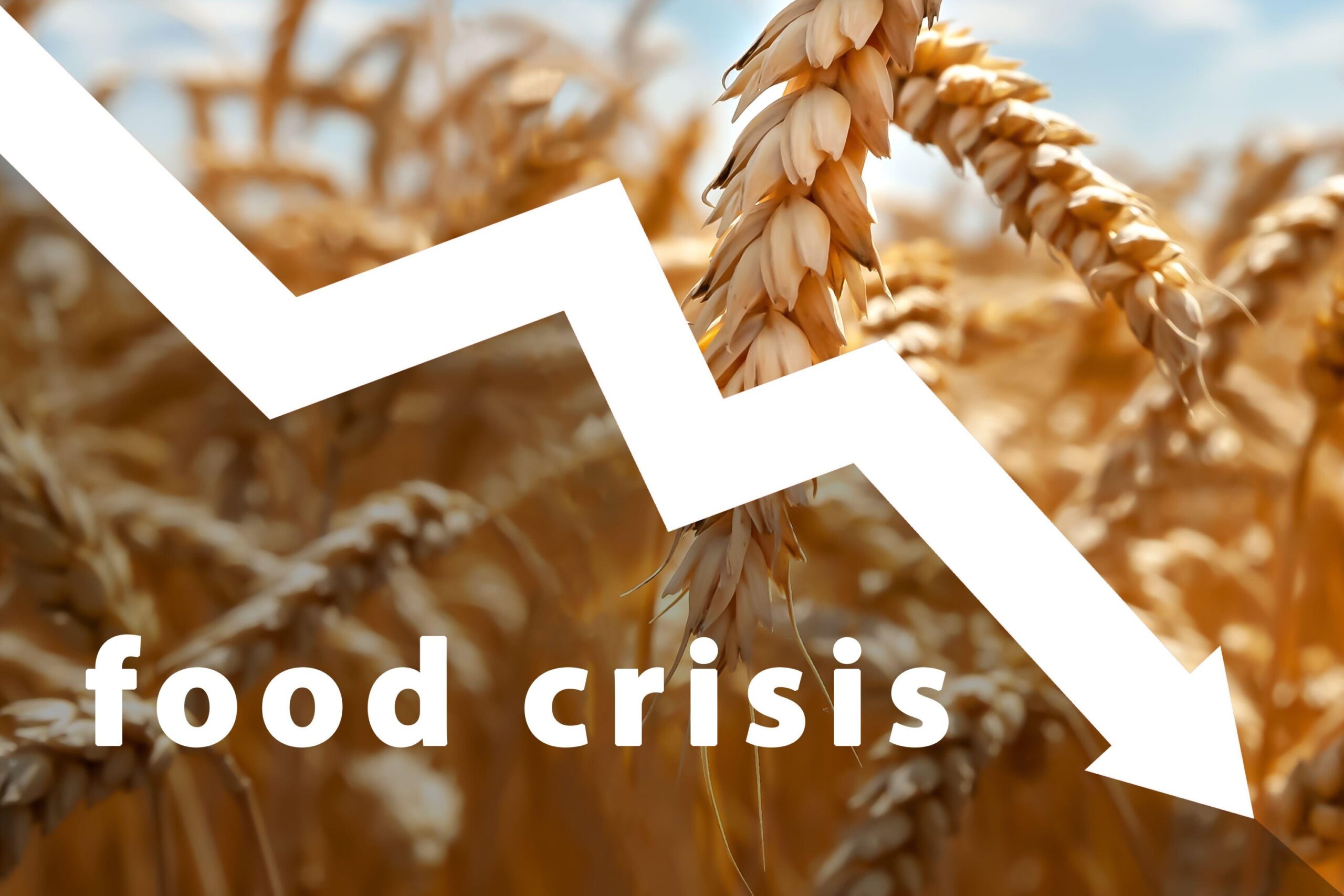Reasons 26.5m Nigerians in 26 states may face acute food crisis
The Federal Ministry of Agriculture and Food Security, Food and Agriculture Organisation (FAO) of the United Nations, and other partners presented a report on Friday, which estimated that 26.5million people in 26 states, as well as Abuja, may suffer from acute food and nutrition insecurity for a number of reasons. The report, titled: “Nigeria Cadre […]

The Federal Ministry of Agriculture and Food Security, Food and Agriculture Organisation (FAO) of the United Nations, and other partners presented a report on Friday, which estimated that 26.5million people in 26 states, as well as Abuja, may suffer from acute food and nutrition insecurity for a number of reasons.
The report, titled: “Nigeria Cadre HarmoniseFishe—Acute Food and Nutrition Insecurity Analysis,” looked at the current period covering October to December 2023 and projected the likely outcome for June to August 2024.
“About 26.5 million people, including internally displaced persons (528,000 in Borno, Sokoto and Zamfara states) in 26 states and the FCT, are expected to be in crisis (CH Phase 3) or worse between June and August 2024,” the report states.
The report, which particularly examined the situation in three states —Adamawa, Yobe and Borno—warned that about 1million people in Adamawa were expected to be in crisis or worse between June and August 2024.
In Borno, it states that about 1.4million people in the state are expected to be in crisis or worse in the same period.
About 1.3 million people in Yobe are expected to be in crisis or worse between June and August 2024.
Afrobeat Top Gems, Wizkid and Davido’s Baby Mamas
20 UNICAL students hospitalised after exam stampede
The report cited key drivers of food insecurity to include conflict and insecurity disrupted livelihoods and increased displacement from protracted insecurity and activities of non-states armed groups, banditry and kidnapping in the North East (Borno, Adamana and Yobe) and in the North West (Sokoto, Zanfara, Kaduna, Niger).
It further stated that the aftermath of fuel subsidy removal took a toll on food prices, limiting household capacity to sustain acceptable food consumption pattern.
Other key drivers include the volatile naira exchange rate policy and the consumer price index (CPI) on inflation and food prices.
In addition, the reduced harvest and household stocks resulting from flash floods that resulted to displacement and loss of cultivated farms and ready to harvest crops have further pushed millions into food crisis.
Dr Abubakar Suleiman, FAO assistant country representative (programmes), said the current cycle was happening after an unusual lean season, which witnessed several shocks, ranging from persistent insecurity situations (like insurgency, banditry, natural resource based conflicts), high cost of food and agricultural inputs due to high inflation and other economic factors and severe dry spells in some states immediately after the onset of rains.
He argued that the combination of those shocks affected livelihoods and food security of many households at the peak of the lean season.
Speaking at the presentation of the report Friday in Abuja, the permanent secretary, Federal Ministry of Agriculture and Food Security, Dr Ernest Umakhihe, said the October 2023 food analysis was conducted and validated by highly skilled professionals of the CH analysis task force over the past two weeks.
He added that this cycle of the analysis was coming at a time when government was reinvigorating the country’s economy to address the challenges of food and nutrition insecurity.
